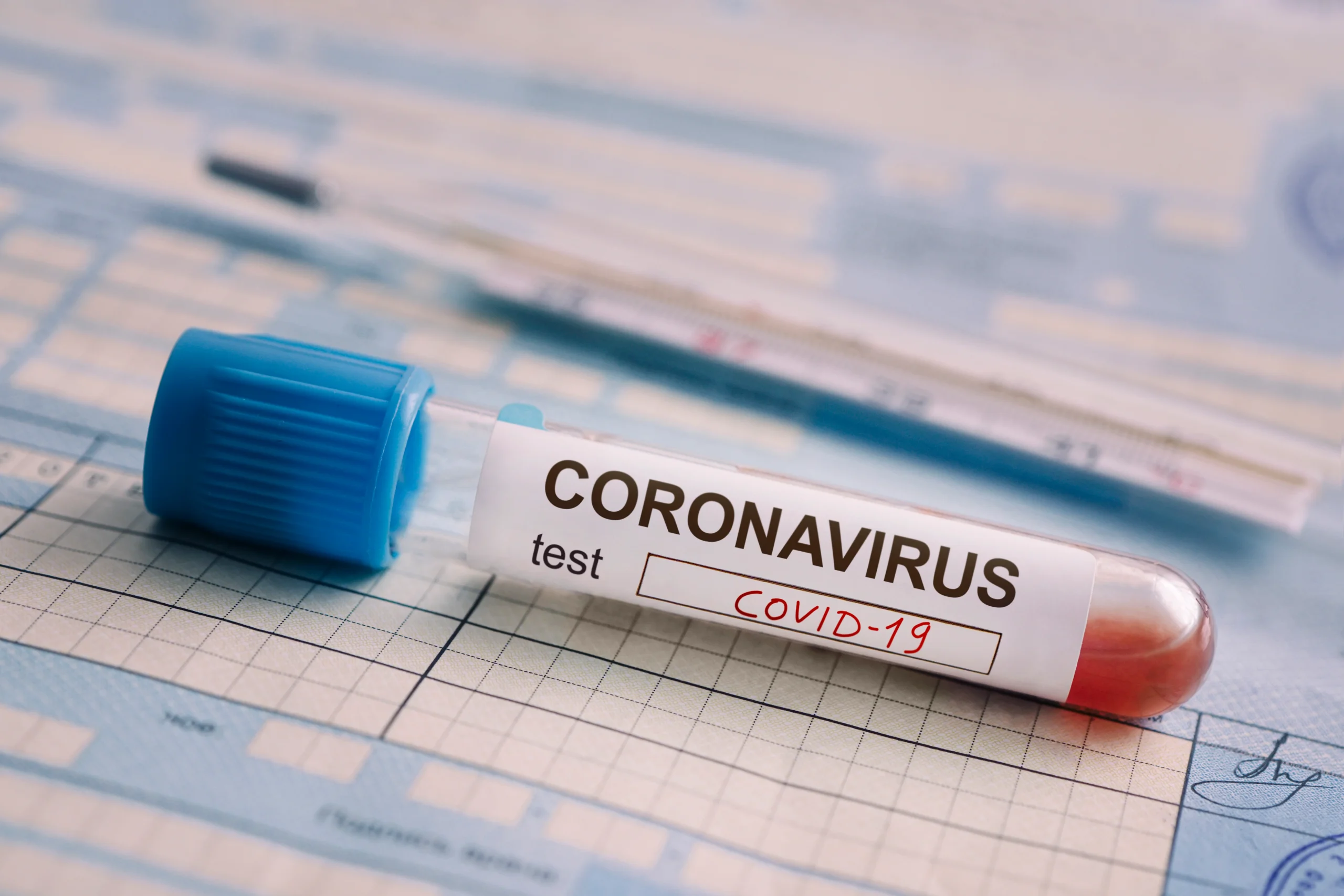The CDC recently updated its guidance to shorten the recommended time employees with COVID exposure should isolate before returning to work. A few days later, it updated its guidance to include mandatory testing before returning to work, then quickly reversed it again. Meanwhile, OSHA (which tends to move more slowly) has yet to update its own emergency temporary standards (ETS) to match the CDC’s changing recommendations.
Understandably, these rapidly changing updates have left many employers feeling a bit of whiplash because the guidance itself seems to be a moving target. Many employers naturally want to allow employees back to work sooner to improve their productivity. However, it is undeniable that many employers fear the possibilities of penalties and fines due to the ever-changing OSHA standards. By implementing the steps outlined further below, employers should be able to navigate these changes confidently and effectively, at least for the immediate future.
What the New CDC Guidance Says
First, the following information addresses the most-recent CDC guidelines related to employee quarantine and isolation periods after either testing positive for COVID or being exposed to COVID.
For employees testing positive for COVID: The CDC has reduced the isolation time from 10 days to 5 days if the employee is asymptomatic or recovering, provided the employee can wear a mask and socially distance at work for another 5 days. The logic here is that people are most likely to transmit COVID to others early in their infection (1-2 days before symptoms appear and 2-3 days after).
For those who are exposed to COVID: If the employee is fully vaccinated and boosted, they may quarantine at work by socially distancing and wearing a mask for 10 days provided they show no symptoms (a test on Day 5 is recommended). If the employee is unvaccinated or their vaccines are out of date (over 6 months for Pfizer and Moderna, over 2 months for Johnson & Johnson), the employee should effectively follow the COVID-positive guidance (i.e., home for 5 days, then 5 days at work with a mask).
What the OSHA ETS Currently Says
The new CDC guidance is currently at odds with OSHA’s emergency temporary standards regarding isolation and quarantine of employees testing positive for COVID. Currently, outside of a few exceptions, OSHA still requires those testing positive for COVID to stay home for 10-14 days. Those exposed to COVID through close contact must also isolate for 14 days, with the following exceptions:
- They may return after 10 days if they wear a mask and socially distance at work for 4 days; or
- They may return after 7 days with a negative COVID test after 5 days, and must also wear masks and socially distance for another 7 days.
6 Steps for Navigating the New Guidance
For most businesses with less than 100 employees, they are free to implement the new CDC guidance as desired with no repercussions from OSHA. For those with 100 or more employees, we recommend implementing the following steps:
- Continue following Cal/OSHA’s current ETS standards for mandated testing/vaccination. The new CDC guidance does not affect vaccination mandates currently in effect for employers.
- Follow new CDC guidelines at your own discretion until OSHA updates their guidance. If you decide to implement the new CDC guidance ahead of time, it’s unlikely you’ll be cited by OSHA, especially during the grace period. However, the risk of a citation is not zero. Be sure to document your actions and policies in case they are questioned.
- Be diligent with contact tracing. Conflicting guidance aside, your main objective is to keep your workers and staff as healthy as possible. Contact tracing for COVID exposure ultimately reduces downtime.
- Consider mandated boosters. Again, a fully vaccinated and boosted workforce is your best defense against loss of productivity with employees out sick or isolated due to COVID.
- Communicate with and educate your employees. Admittedly, the guidance regarding COVID is fluid right now, and that’s likely to generate confusion and suspicion with your employees as to what’s expected of them and what is true regarding the spread of COVID. Take time to educate them on the current science of how the disease spreads and assure them that the updated guidance is designed to keep them safe.
- Put your new COVID-19 protocols in writing—and be prepared to update them. Posting your current policies and practices provides additional assurance to your employees and documents your decisions in case OSHA has any questions. Be prepared to update these policies as the guidance changes.

